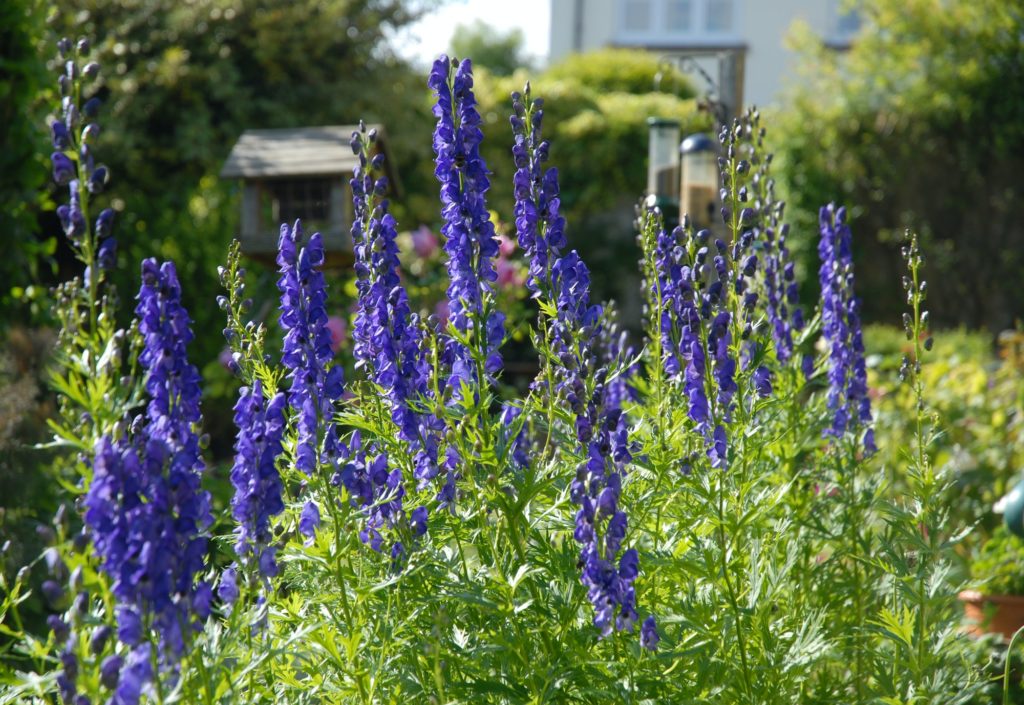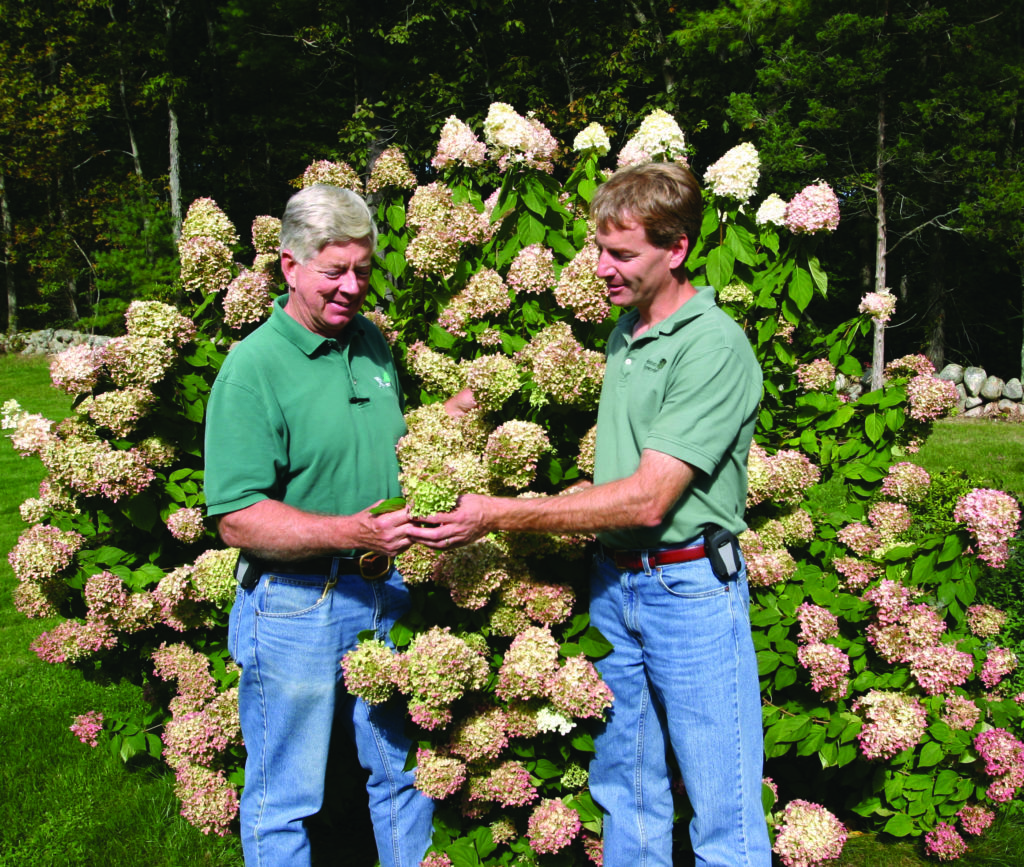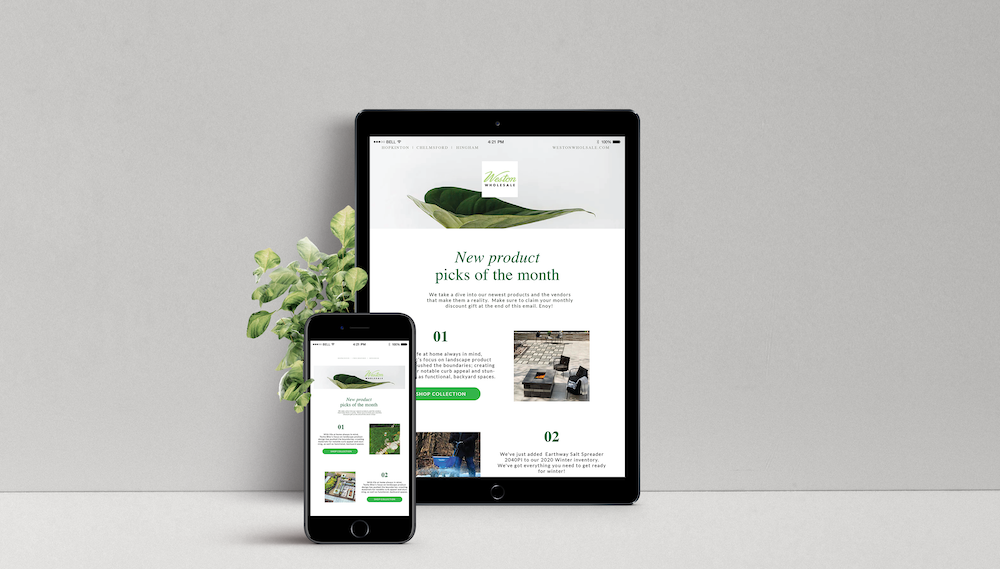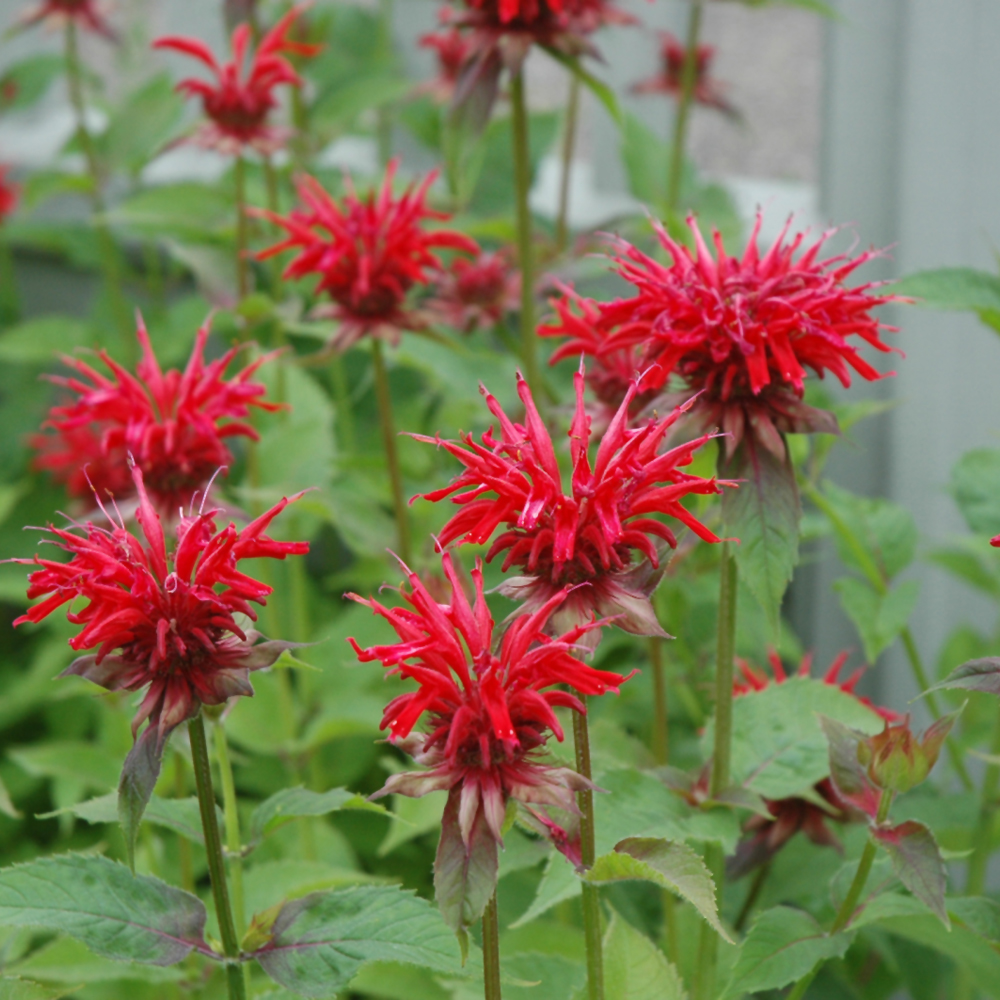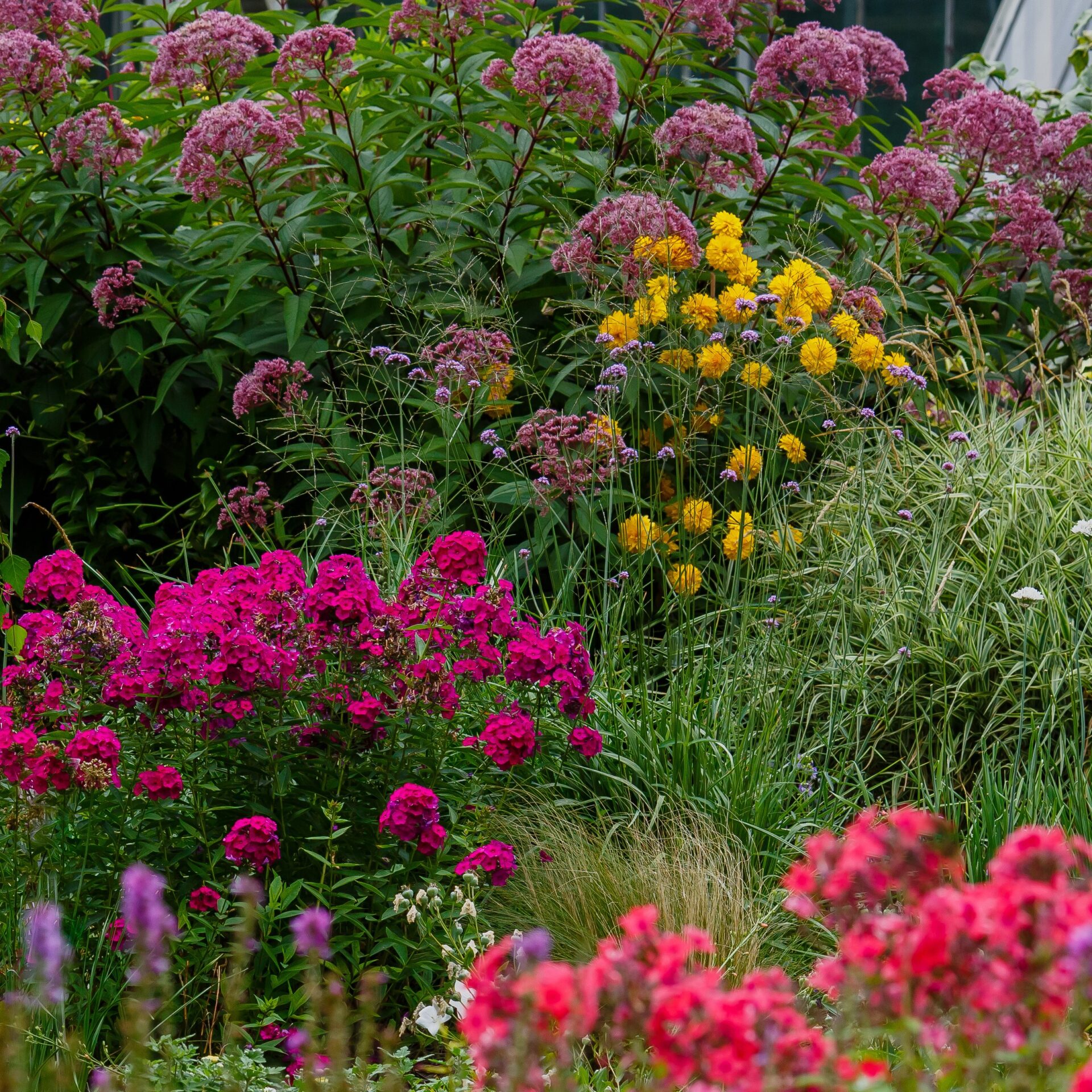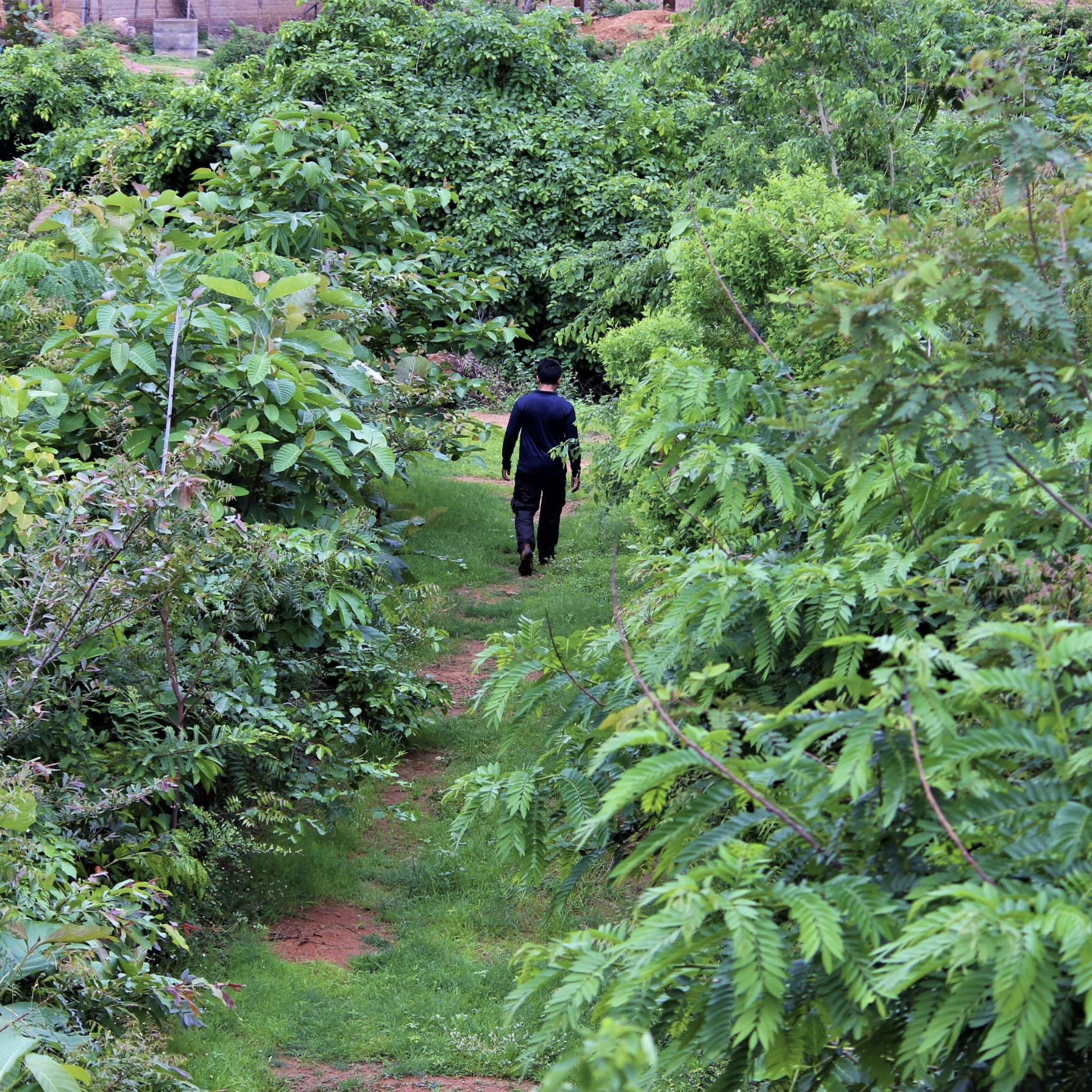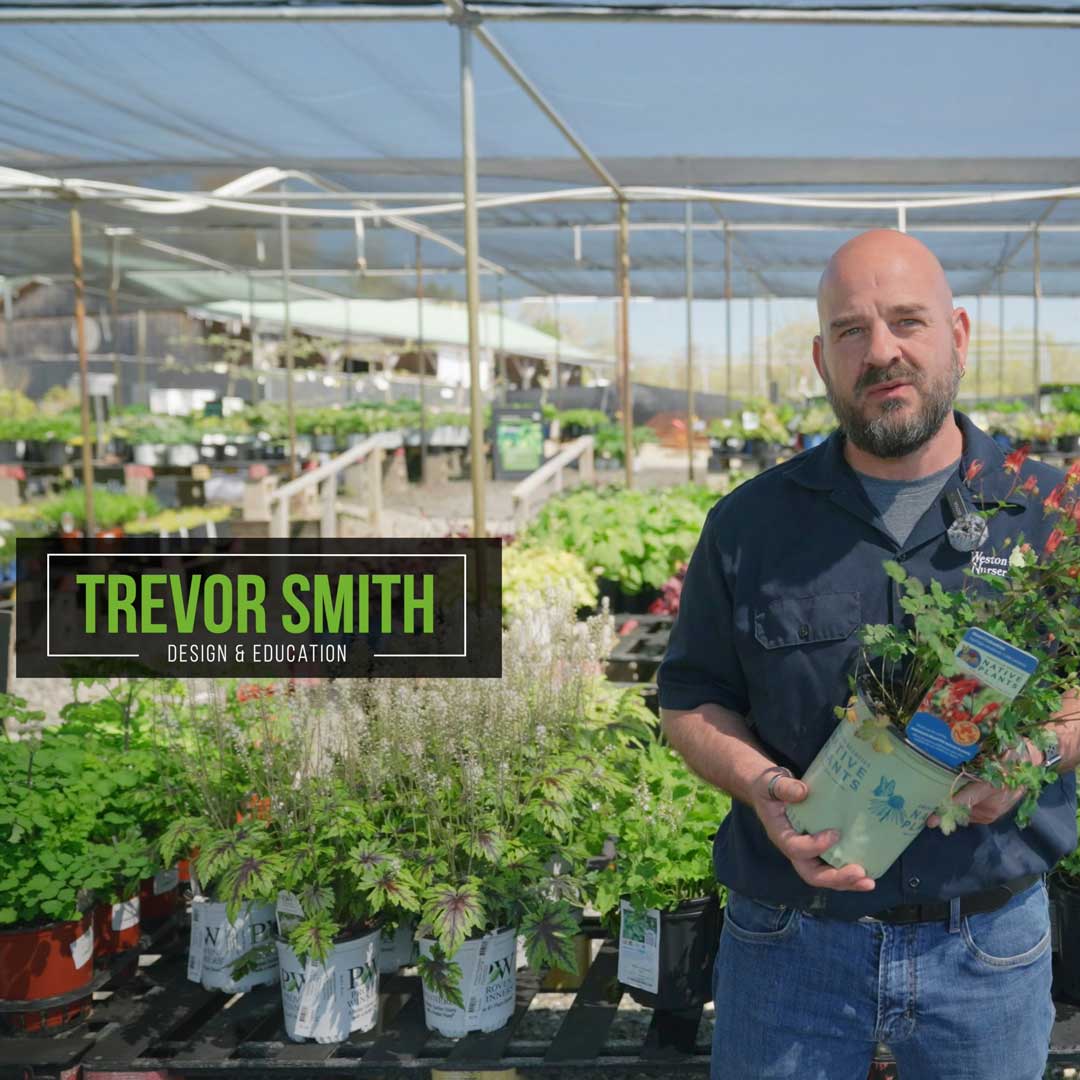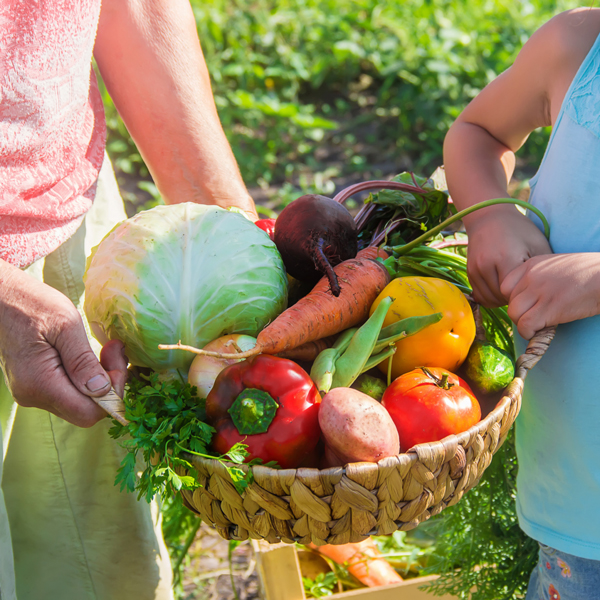
Growing your own vegetables is a great way to provide your family with homegrown, organic food, but it’s not always easy to tell when crops are ready to harvest. Harvesting at the right time can have a big impact on crop yield and quality, and in order to help you get the most from your garden, we wanted to share our best tips on harvesting vegetables.
4 Tips to Harvesting Vegetables:
- Bigger isn’t always better – Many vegetables are at their peak of quality and tenderness when still immature; salad greens, zucchini, cucumbers, beans, peas, potatoes, and turnips for example. Others, like tomatoes and watermelons are best when picked when they are fully ripe and their flavors have been given ample time to develop.
- Avoid wet weather – Vegetable gardeners know how important it is for plants to receive regular moisture, but generally it’s a good idea to stay out of the garden when it’s raining. This is especially important with disease-prone crops like tomatoes, cucumbers, squash, and beans, and you should avoid harvesting from or working around these vegetables in wet weather.
- Harvest often – Anyone who grows zucchini will tell you that a tiny fruit can go from 2 inches to 2 feet in mere days. Therefore, it’s a good idea to stay on top of harvesting. Frequent harvesting can result in higher quality and better tasting vegetables, but it can also encourage a larger yield.
- Use proper tools – For many vegetables, harvesting tools are unnecessary; beans, peas, lettuce, kale, and so on. But, for certain crops like zucchini, large-fruited tomatoes, potatoes, cucumbers, and carrots, it pays to use a sharp knife, pruning shears, garden fork, or other implement to prevent damage to the plant or the part being harvested. Damaged plants provide an entry point for disease, and fruits, like zucchini or tomatoes, can bruise easily which will decrease storage and eating quality. Place harvested vegetables in a basket, trug, or handy garden colander to prevent damage and allow easy washing.
Beans (pole and bush) – Snap beans are best picked slightly immature, when the pods are firm and crisp and the interior seeds are still small. When plants begin to produce, pick every day or two to stay on top of the harvest. If pods are allowed to mature on the plants, production will slow. Bean plants are susceptible to several diseases that can spread in wet weather, so avoid harvesting beans on rainy days or early in the morning when the plants are covered in dew.
Beets – Most beet varieties are ready to pull about two months from planting. For baby beets, harvest earlier, when the roots are one to one and a half inches across. Letting beets stay in the ground too long yields tough, woody roots. Beets also have tasty, nutritious greens which can be eaten in salads, steamed, or stir-fried for a yummy side-dish.
Carrots – Carrots may be harvested young, at about a half inch diameter, for baby roots, or allowed to grow to full-size for storage. Not sure if they’re ready to harvest? Pull a few roots from the garden for a quick taste test. If they’re crisp and sweet, they’re ready to eat. Carrot tops are notorious for breaking off when they are pulled, but if you loosen the earth first with a garden fork, they will slip easily from the soil.
Cucumbers – We grow a wide range of cucumbers in many shapes and sizes. However, all of our cucumber varieties offer the best-tasting and highest quality harvest when picked immature. For round varieties like Lemon, Dragon’s Egg, or Crystal Apple, harvest when the fruits are pale green and just one and a half to three inches long. For long-fruited types, clip fruits from the plants when they have reached the size indicated in the seed catalog – but don’t be afraid to harvest them small. Cucumbers are less bitter and super crisp when picked young.
Eggplants – It can be tricky to know when to harvest eggplants and if picked over-mature, they will be bitter and seedy. There are many varieties of eggplants with different sizes, shapes, and colors, but generally, harvest when the fruits are slightly smaller than indicated in the seed catalog and the skin is glossy. Cut eggplants from the plant with a sharp pair of pruners or garden shears – there are often sharp thorns near the stem end – and place the fruits in a basket to avoid bruising.
Sweet Peppers – Most varieties of sweet peppers will turn from green to red, yellow, orange, or even purple as they mature. You can harvest peppers while they are still full-sized and green, or give them a few more weeks to color up and reach maximum sweetness and flavor. When picking, clip the fruits from the plants with pruning shears to prevent damage.
Tomatoes – With such diversity available to gardeners, it can be hard to know when homegrown tomatoes are ripe enough to pick. With cherry tomatoes, begin to harvest when they have reached peak color. Still not sure? Just pop one in your mouth and you’ll soon be able to tell when the fruits are ready. With large-fruited tomatoes, especially those with unusual colors like black or purple, I rely on the pictures in the seed catalog and a quick squeeze test to gauge firmness. A ripe tomato is slightly firm, but has some give. However, if you do pick a tomato too early, just leave it to ripen on your kitchen counter for a few more days.
Turnips – Turnips are quick to grow and offer both tasty roots and edible foliage. Begin harvesting salad types, like Hakurei, when roots are just an inch across. Continue to harvest roots often as those left in the ground too long will become woody. Because turnips are so quick to grow, sow successive crops every few weeks for a long harvest of top quality roots.
Zucchini – Zucchini will be at their tastiest and firmest when the fruits are picked immature – about 4 to 6 inches long for elongated varieties or one and a half to three inches across for Pattypan types. Slice fruits from the plants with a sharp knife or pair of pruners, and place gently in a basket or trug because the fruits damage easily.

